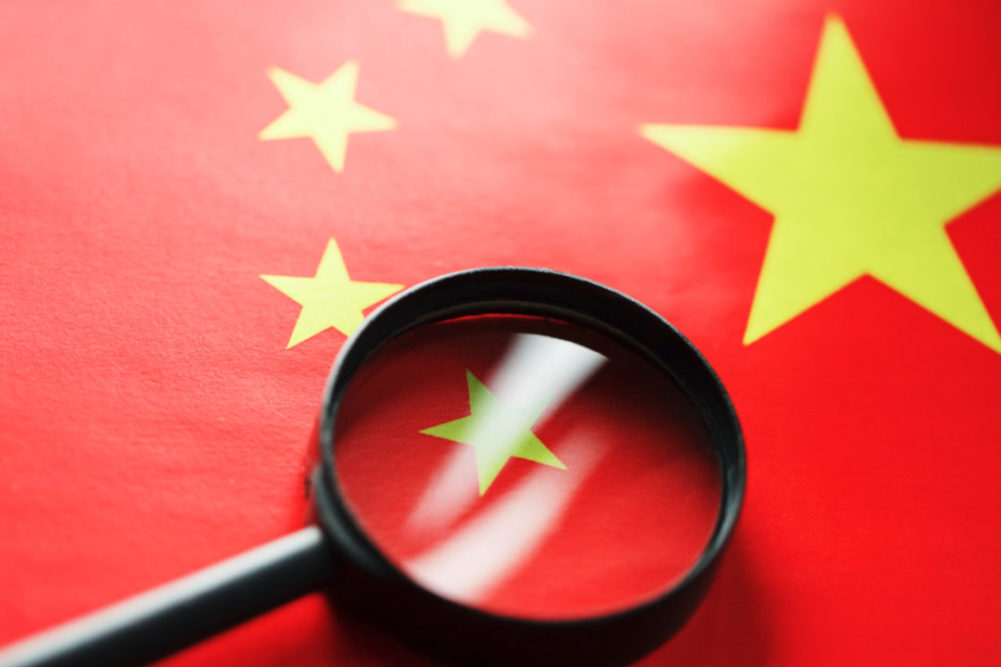KANSAS CITY, MISSOURI, US — Surging demand from China and weather worries in major crop growing areas have driven grain and oilseed prices sharply higher this past year. Given its unprecedented tensions with the Trump administration, China will be a focal point for grain-based foods at the dawn of a new presidential administration.
China has fallen short of its commitments signed a year ago in a phase one agreement with the United States. Through November, China had bought barely 50% of an agreed $159 billion in US goods and services. For agricultural products, though, China has purchased more than two-thirds of its targeted amount. Strong demand for soybeans and soy products helped push US prices to multi-year highs. The US Department of Agriculture is forecasting China will import 100 million tonnes of soybeans in 2020-21. With China’s herds rapidly recovering from African swine fever, Standard & Poor’s cited forecasters who expect Chinese soybean imports in 2021-22 could climb to 110 million tonnes or higher.
Trade hawks fear the new administration will relent on pressure placed on China by the Trump administration. In his confirmation hearing, President Joe Biden’s choice for Secretary of State, Anthony Blinken, acknowledged previous negotiating approaches (before 2016) with China failed. Blinken said, “There is no doubt that (China) poses the most significant challenge of any nation state in the world to the United States.” As the new administration tries its hand at leveling the US-China playing field, it is likely that agricultural trade will become entangled once again.




